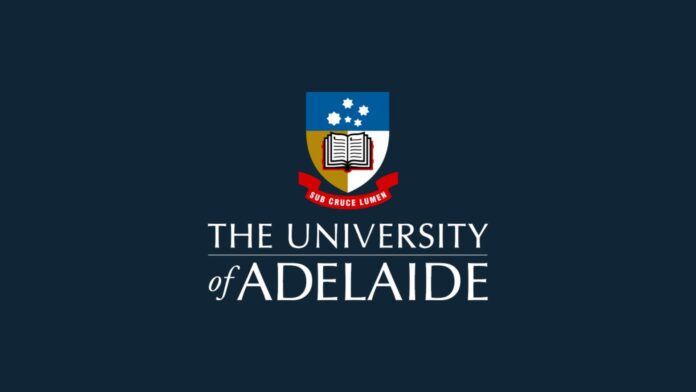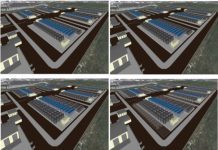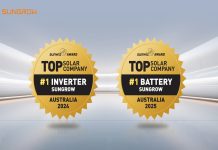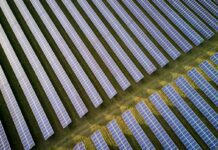
Green hydrogen has been produced through effective seawater splitting conducted by researchers led by Associate Professor Yao Zheng and Professor Shizhang Qiao of the University of Adelaide.
“We have split natural seawater into oxygen and hydrogen with nearly 100 per cent efficiency to produce green hydrogen by electrolysis, using a non-precious and cheap catalyst in a commercial electrolyser,” Professor Qiao said.
According to the University of Adelaide, cobalt oxide with chromium oxide on the surface is a common non-precious catalyst.
“We used seawater as a feedstock without the need for any pre-treatment processes like reverse osmosis desolation, purification, or alkalisation,” Associate Professor Zheng stated.
Professor Zheng said a commercial electrolyser using their catalysts performs nearly as well in seawater as one using platinum/iridium catalysts with a feedstock of deionised water that has undergone extreme purification.
“Our work provides a solution to directly utilise seawater without pre-treatment systems and alkali addition, which shows similar performance as that existing metal-based mature pure water electrolyser,” Professor Zheng added.
According to Professor Zheng, current electrolysers use a highly purified water-electrolyte. Increased demand for hydrogen to partially or completely replace energy generated by fossil fuels will exacerbate the scarcity of increasingly scarce freshwater resources.
Seawater is a nearly limitless resource and is used as a natural feedstock electrolyte. This is more viable in areas with long beaches and plenty of sunlight. It is, however, impractical in areas where seawater is sparse.
Since the complications of employing seawater cause electrode side reactions and corrosion, seawater electrolysis is still in its early stages compared to pure water electrolysis.
Professor Zheng said conventional electrolysers, including desalination and deionisation, always require unclean water to be treated to a level of water purity, which raises the operating and maintenance costs of the processes.
“Our work provides a solution to directly utilise seawater without pre-treatment systems and alkali addition, which shows similar performance as that of existing metal-based mature pure water electrolyser,” Professor Zheng stated.
The team will focus on scaling up the system with a larger electrolyser so it may be employed in commercial operations like hydrogen generation for fuel cells and ammonia synthesis.




















